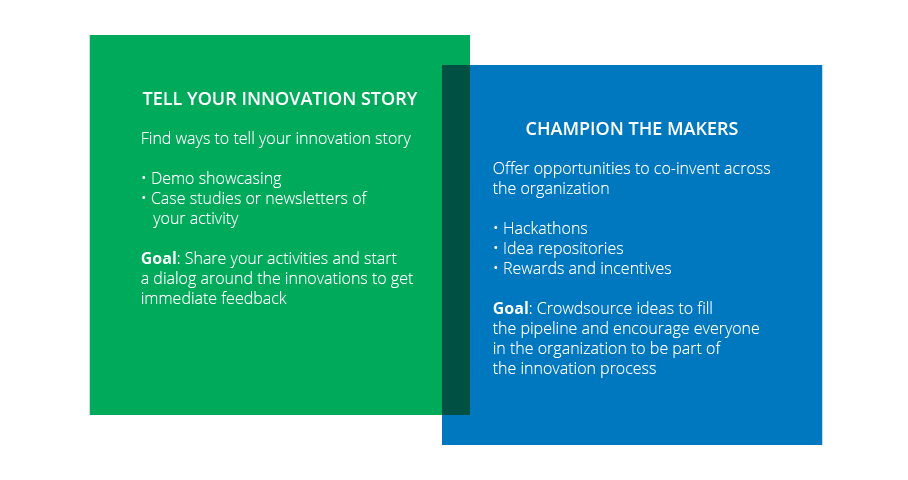Digital innovation
Revving Up Your Innovation Engine: The Nuts and Bolts



Disclaimer: The statements and opinions expressed in this article are those of the author(s) and do not necessarily reflect the positions of Thoughtworks.
